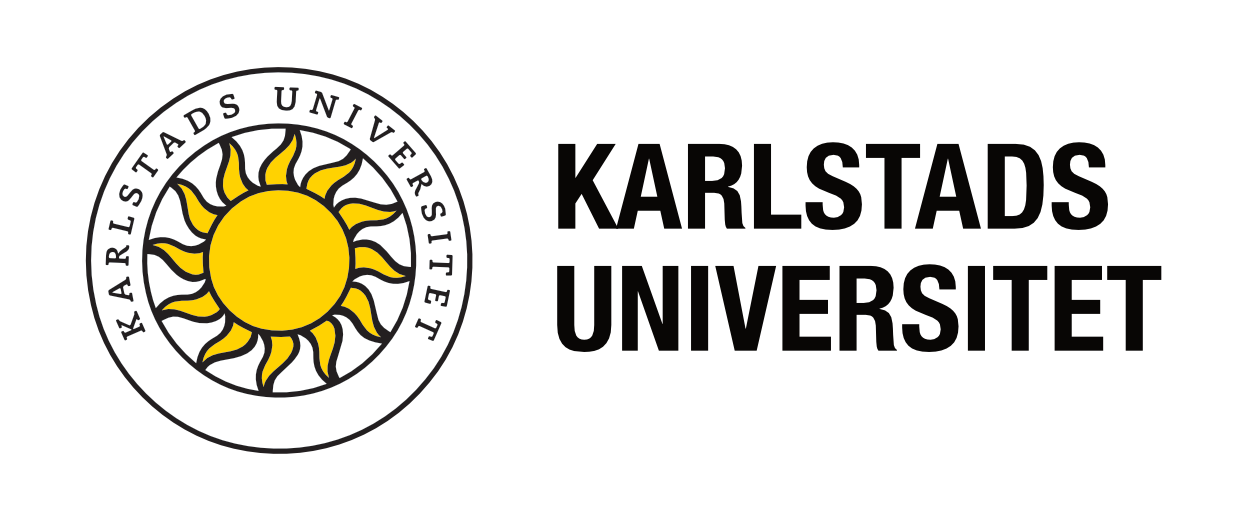Blended learning, flipped classroom, synchronous or asynchronous teaching communication. What do the terms mean?
Do you manage to keep up with all the terms used in collegial conversations about teaching? Here we explain some.
Blended learning
When you mix teaching on campus with elements online in the same course, it is about blended learning.
Flipped classroom
Flipped classroom is a form of blended learning. The idea is to mix computer-based individual instruction and preparation outside the classroom with interactive group activities in the classroom. The students read and prepare individually, at home, and then engage in interactive problem solving together in the classroom. The aim is thus to take advantage of opportunities with computer-based technology in order to be able to focus the classroom activities only to those that really require physical interaction.
Synchronous or asynchronous teaching?
Synchronous stands for at the same time, asynchronous for one at a time. Synchronous teaching (or synchronous learning) therefore refers to learning through social interaction in real time. You talk to each other, move around each other, look at each other. It therefore requires that the participants, students and teachers, are present in the same place (in the “classroom”) at the learning activities. A seminar in a classroom is a typical example of synchronous teaching.
Asynchronous teaching (or asynchronous learning) refers to when learning takes place in activities where the student, the teacher and the other students act one at a time. The participants are time-independent of each other. Like when a student sits at home and watches a recorded lecture, reads course literature or writes an assignment. Or participate in a discussion group where participants write and publish posts, one at a time.
Read more about blended learning and flipped classroom
Bishop, J. L., & Verleger, M. (2013). The flipped classroom: A survey of the research. ASEE Annual Conference and Exposition, Conference Proceedings.
Garrison, D., & Kanuka, H. (2004). Blended Learning: Uncovering Its Transformative Potential in Higher Education. The Internet and Higher Education, 7, 95–105. https://doi.org/10.1016/j.iheduc.2004.02.001
Jensen, J. L., Kummer, T. A., & d M Godoy, P. D. (2015). Improvements from a flipped classroom may simply be the fruits of active learning. CBE Life Sciences Education, 14(1), ar5–ar5. PubMed. https://doi.org/10.1187/cbe.14-08-0129
Also try English-language Wikipedia‘s pages about Bldended learning respectively Flipped classroom.

